The tiny island nation of São Tomé and Príncipe is home to incredible wildlife, uncrowded beaches and four boutique resorts that represent a new way of tourism.
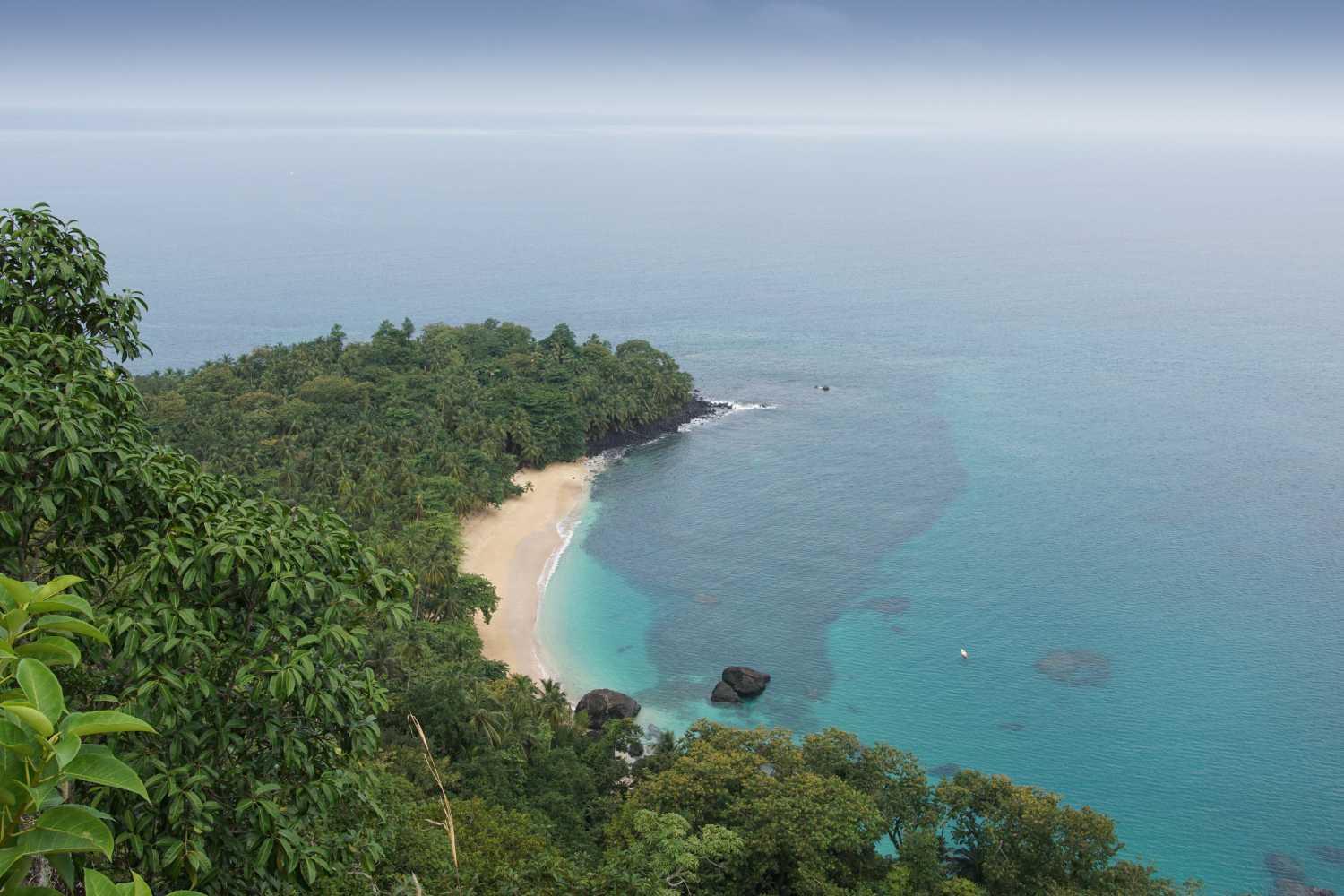
In São Tomé and Príncipe, islands resting in the Atlantic Ocean off the west-central coast of Africa, silence rules until dawn. Then, the grey parrots start chirping and the Mona monkeys move through the banana trees—here, nature sets the pace, and you can only adapt to it.
Flag of São Tomé and Príncipe
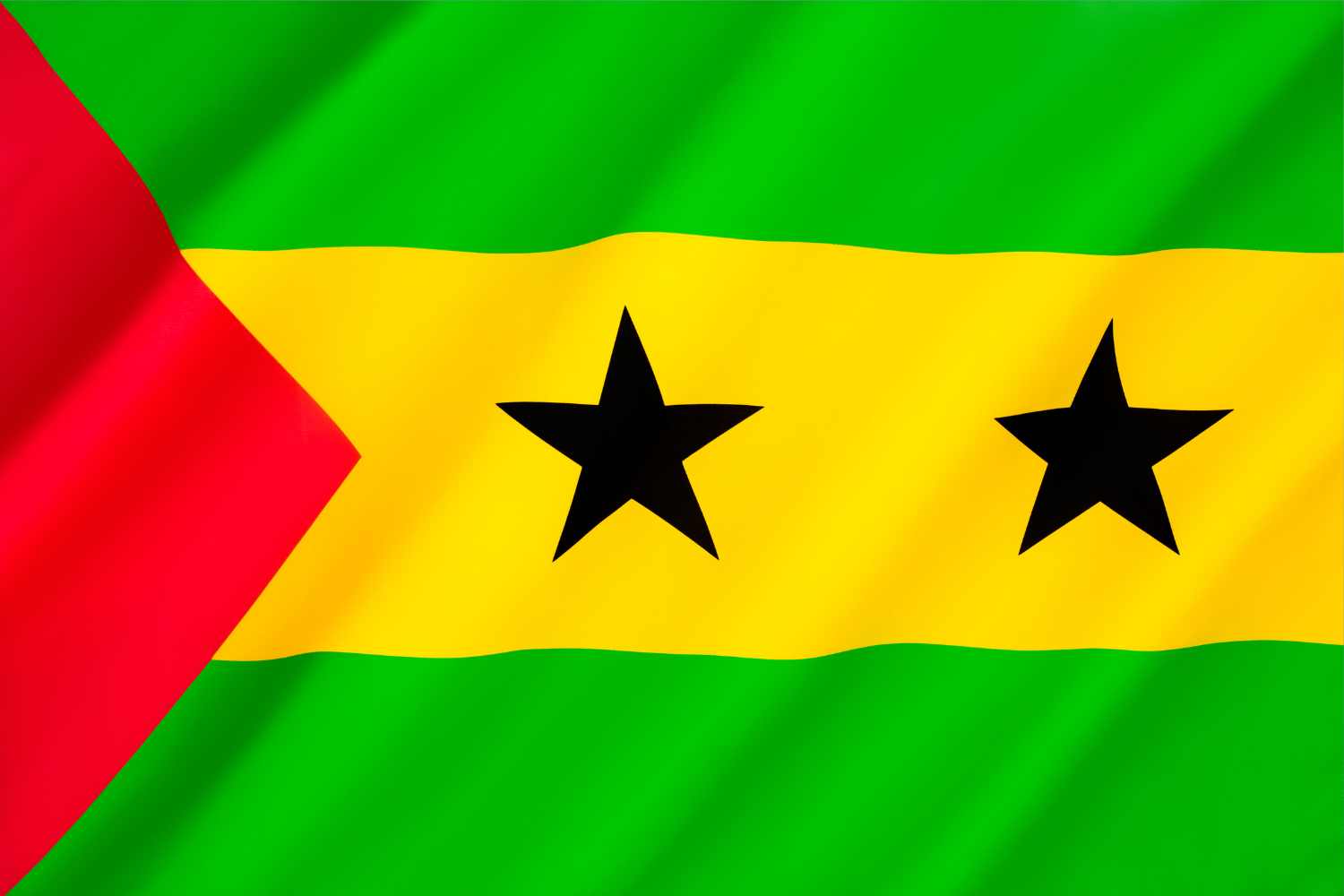
Flag of São Tomé and Príncipe
These islands, sometimes called “the Galápagos of Africa,” hold rare and extraordinary biodiversity. Yet, only about 35,000 visitors arrive here each year. This number is tiny compared to the Ecuadorian Galápagos Islands, which welcome ten times more tourists annually.
São Tomé and Príncipe is among the least visited countries on the planet. This small archipelago—comprising 20 islands, with two main ones—is located in the heart of the Gulf of Guinea, about 150 miles (240 km) from the coast of Gabon. It has been largely overlooked by mass tourism, choosing instead a path of ecotourism and sustainable development.
This archipelago, with its pristine islands, remains one of the last untouched paradises on Earth—a place where man has yet to turn nature into a mere product for consumption, unlike many other tourist destinations. White sandy beaches, lush forests, and majestic volcanoes rising from green landscapes tell a story of resilience and hope rooted deeply in the land itself.
Where dragons are born
At the core of this silent revolution is HBD Príncipe. The name stands for “Here Be Dragons,” a phrase once used on old maps to mark unknown and mysterious lands.
The visionary behind this project is Mark Shuttleworth, a South African entrepreneur and world traveler. When he first set foot on Príncipe, he saw something others had missed: the chance to build a new development model based on environmental protection and local community inclusion. Not just a tourist facility, but a replicable system and idea.
Today, HBD is the island’s largest employer. It manages four resorts, a certified organic cocoa plantation—Paciência Organic—that produces chocolate and natural cosmetics, and funds social and environmental projects through the Príncipe Foundation. Over 15 years, it has invested more than $100 million in the country and has earned prestigious awards like the Travel + Leisure 2025 Global Vision Award.
A paradise that protects itself
Sundy Praia is the crown jewel of the collection: fifteen tented villas nestled between jungle and beach where nature is a constant, living presence. Every morning, no alarm clock is needed here—the forest takes care of waking guests.
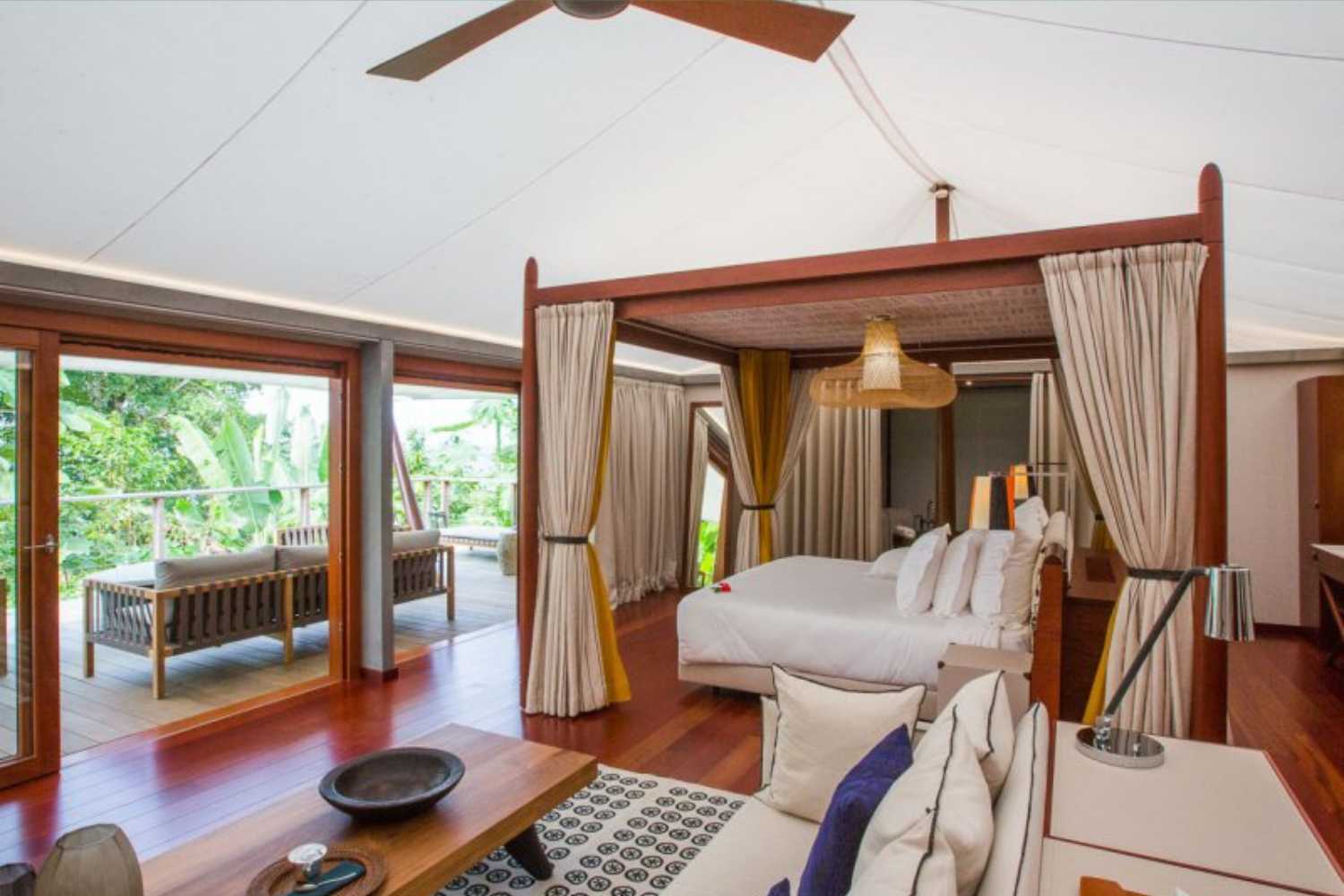
Sundy Praia @principecollection.com
Other notable properties include Roça Sundy, which tells the story of cocoa through tours of the plantations and processing plants; Bom Bom, the company’s first hotel overlooking the ocean, reopened in 2023 after extensive restoration; and Omali on São Tomé island, the only base near the international airport.
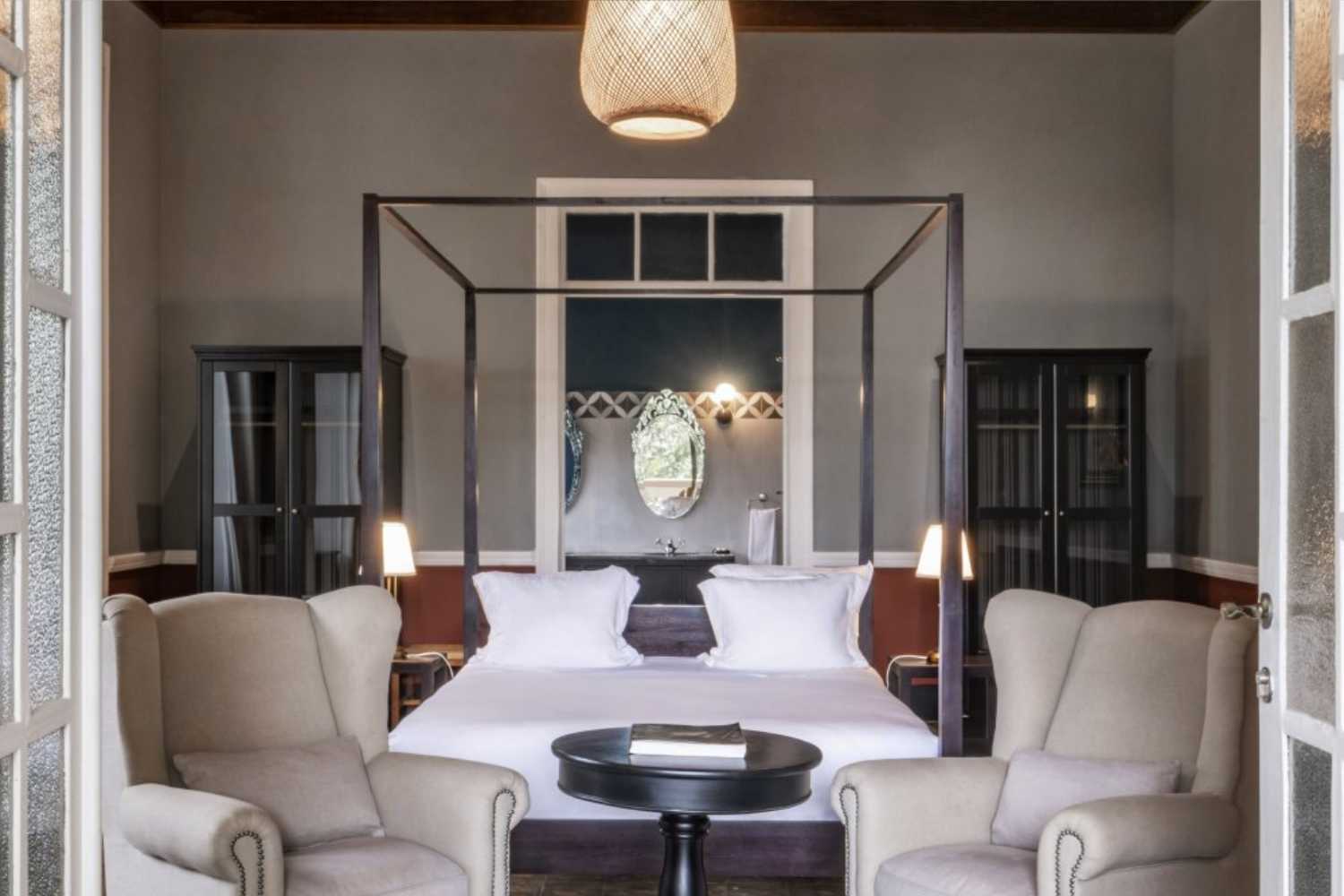
Roça Sundy @principecollection.com
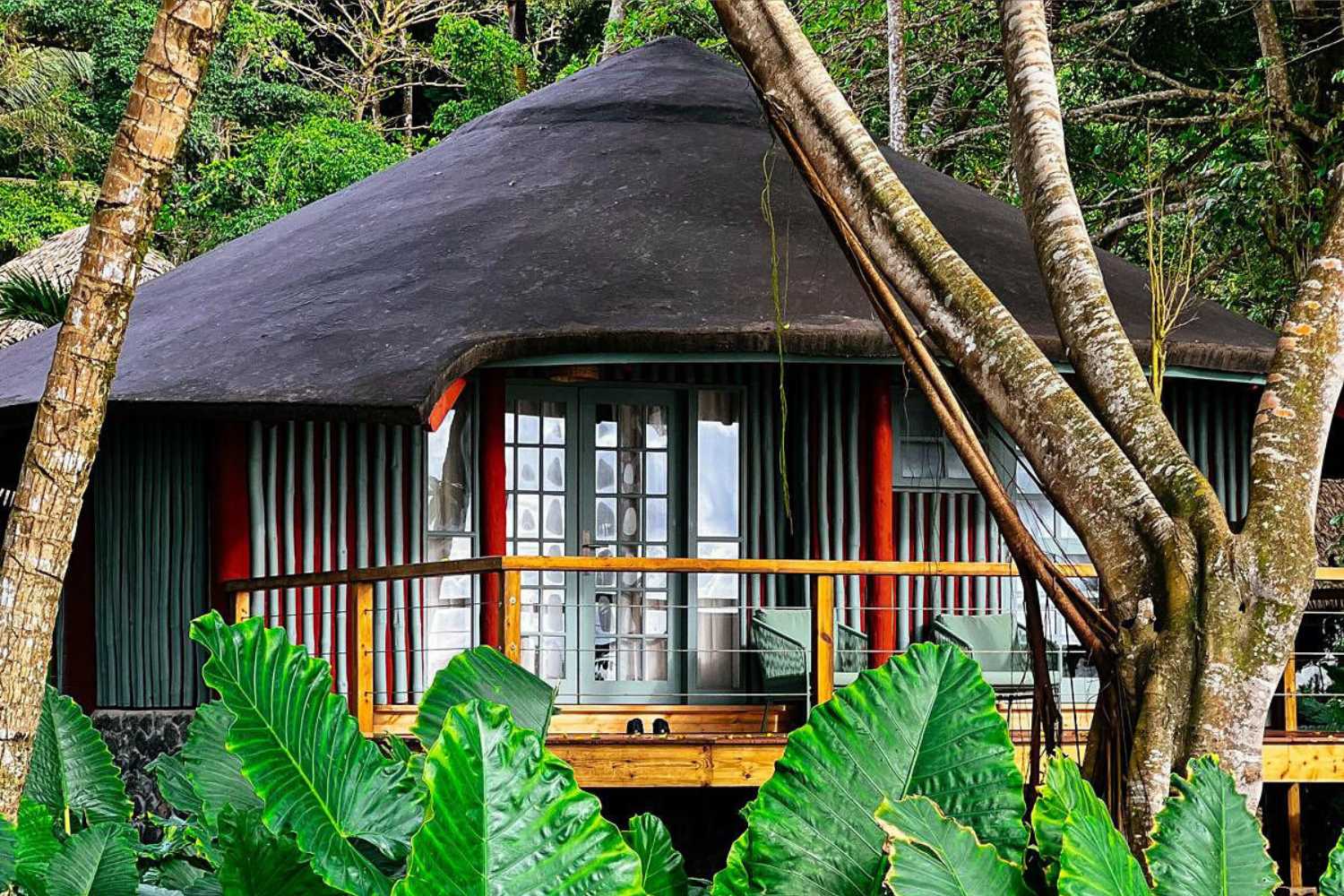
Bom Bom @principecollection.com
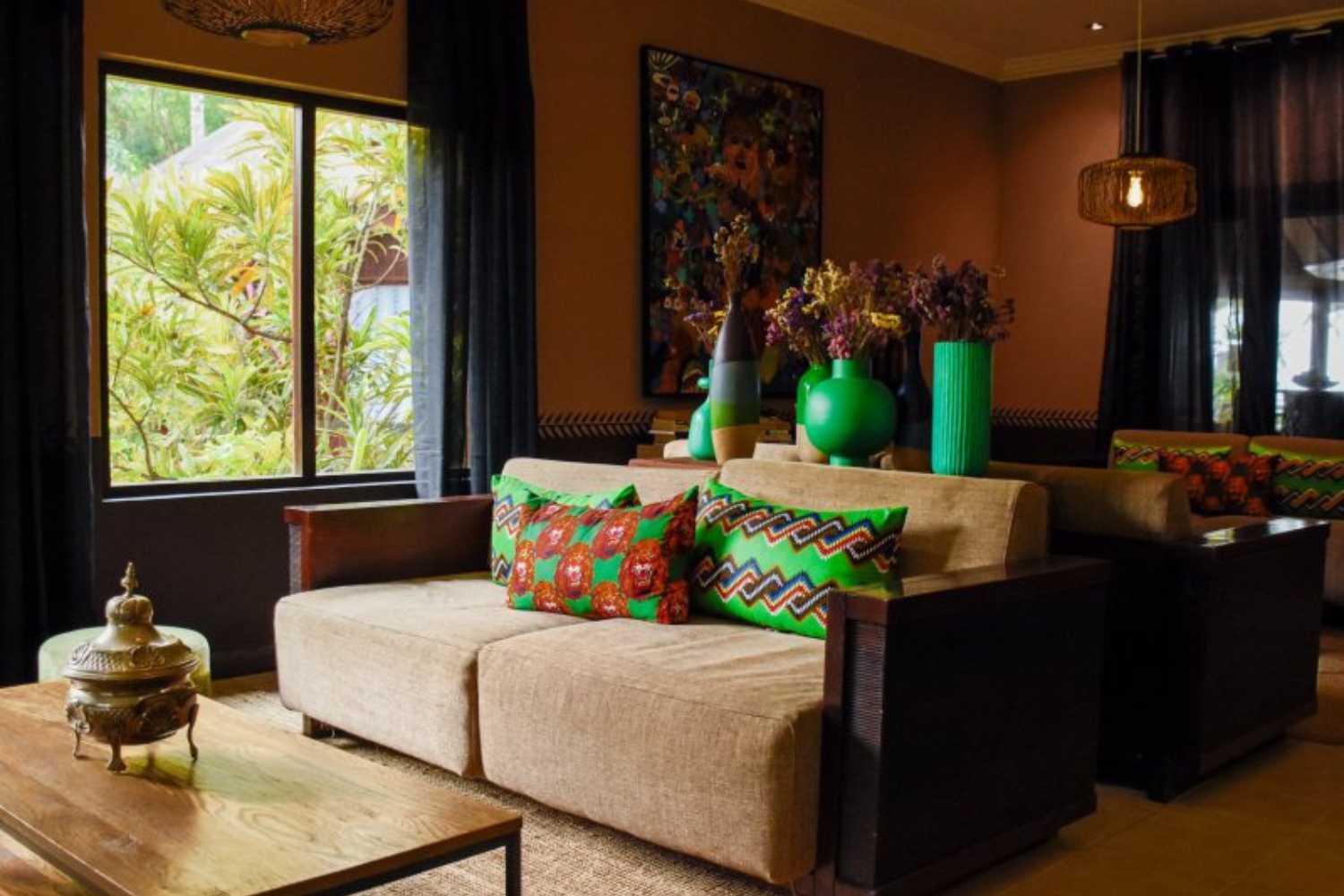
Omali @principecollection.com
Guests who choose to stay at these locations directly contribute to the conservation of the local ecosystem. Each night includes a $26 fee dedicated to local projects—from coral reef monitoring to protecting sea turtle nests and providing scholarships for youth.
Starting in 2024, the Natural Dividend foundation will financially reward island residents who commit to preserving their environment.
“It’s a kind of universal basic income,”
explains Jorge Alcobia, who leads the initiative.
“We pay those who choose to protect their environment instead of exploiting it.”
Between volcanoes and plantations
The colonial past is still felt, but in a different way. The old plantation houses now host tourists, while cocoa trees grow alongside the wooden structures of new projects. The contrast is strong, yet harmonious—and above all, real.
São Tomé and Príncipe has a long and complex history. Discovered by the Portuguese in 1471, the islands were transformed into sugar cane plantations, and later cocoa plantations. For a long time, they were among the world’s top chocolate producers. After gaining independence in 1975, the country faced a severe economic crisis, with unemployment peaking at 80%. At one point, deforestation for palm plantations seemed like the only option. But that idea was rejected—and from that refusal, everything changed.
A new generation
“When the first white people returned here ten years ago, people were not happy,”
recounts Wuilber Tavares, a local guide, reflecting on the colonial past.
“Then they saw they were not here to take, but to give back. Now we have a new generation that wants to learn, participate, and grow.”
